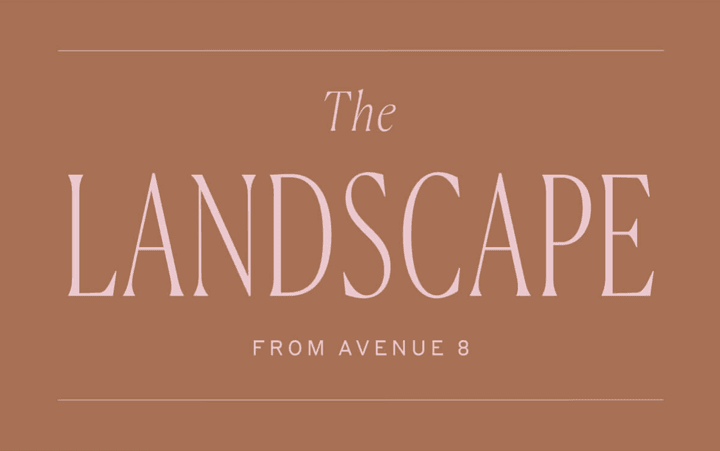We’ve been looking at the problem wrong.
For a long time, affordability has been the key term in the housing crisis. We need more affordable housing, says everyone. Which is urgently true. But it’s easy to forget that “affordable housing” almost always means subsidized housing, a government intervention that comes with even more of the bureaucratic red tape that’s made housing so scarce to begin with. For a case in point, see San Francisco’s recent and scandalous refusal to approve a desperately needed affordable housing development, allegedly out of concerns that it could lead to “gentrification.”
But research shows that the real goal should be housing abundance. Housing abundance would naturally create affordability, along with greater choice (easy to forget, also, that people don’t want to live in “affordable housing”, or to necessarily live where that kind of special housing gets built). Housing abundance is basic supply-side economics, which we can think of less as deregulation than a kind of “quantitative easing” for housing, and it’s in the government’s power to do it. California’s SB-9 bill, which ended single-family zoning in the state, is one example of an abundance-oriented policy. Another approach already underway across the country is for planning commissions to change occupancy rules to encourage co-living housing arrangements.
A lot of housing abundance can be created simply by looking at the issue with fresh eyes, including a reconsideration of what housing should look like. For example, it might need to look like “Dormzilla” a vast college housing complex that everyone hates, but might just provide exactly what our shelter-poor society needs.
Join Our Newsletter
Latest Headlines


